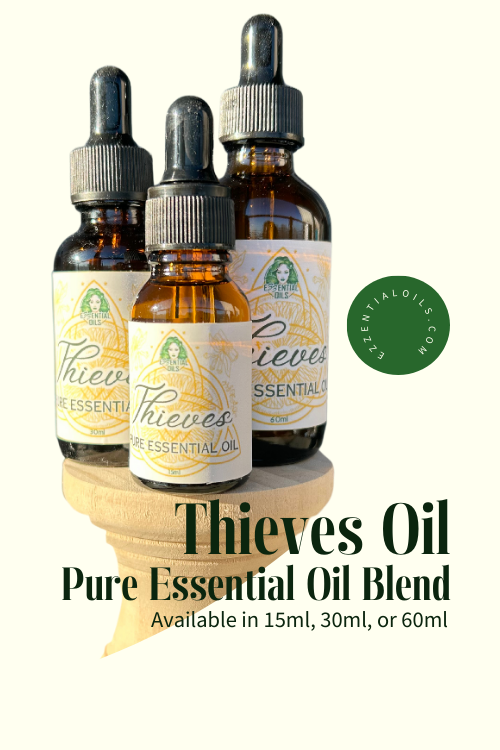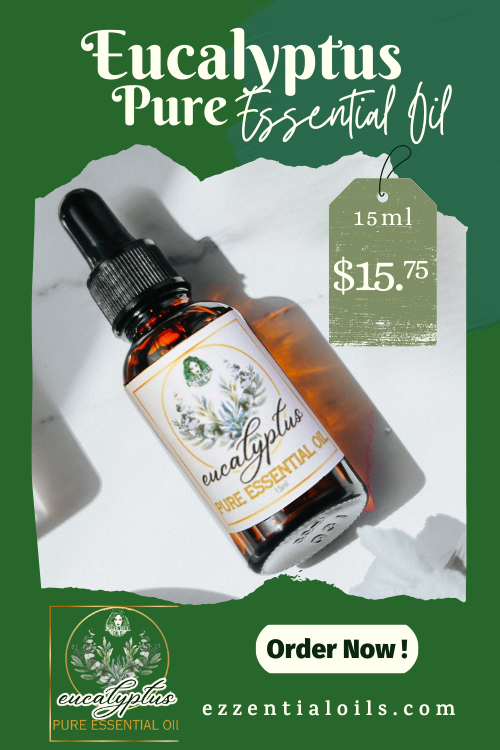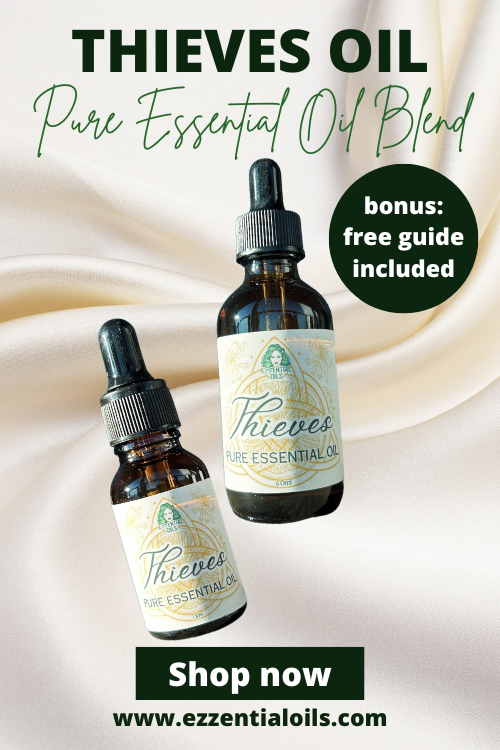DIY Yoga Mat Spray:
Keep Your Mat Clean, Fresh, and Safe
If you practice yoga regularly, you know how important it is to keep your yoga mat clean. Whether you're sweating through an intense session or simply doing a few stretches, your mat can quickly accumulate dirt, oils, and bacteria. Many store-bought yoga mat sprays contain chemicals that can leave a harsh scent or potentially irritate your skin. The good news is that making your own DIY yoga mat spray is easy, effective, and safer for both you and the environment.
In this article, we'll share how to make your own yoga mat spray with natural ingredients that will disinfect, deodorize, and keep your mat smelling fresh after every use. Plus, you can customize it to your preferred scent and strength.
Why DIY Yoga Mat Spray?
There are plenty of benefits to making your own yoga mat spray:
All-Natural Ingredients: Avoid the harsh chemicals often found in commercial cleaning products.
Customizable: Choose your favorite essential oils to create a scent that's calming, refreshing, or uplifting.
Effective: Essential oils like tea tree and lavender have natural antimicrobial properties, perfect for disinfecting your mat.
Eco-Friendly: Homemade sprays reduce your environmental footprint since you can reuse your spray bottle.
Cost-Effective: DIY cleaners are much cheaper than store-bought options.
By making your own yoga mat spray, you ensure your mat stays clean and safe while practicing, without worrying about any toxic residues or chemicals.
Basic Recipe for DIY Yoga Mat Spray
This simple recipe is perfect for everyday cleaning. It disinfects your mat and leaves it smelling fresh, all while using just a few basic ingredients.
Ingredients:
1 cup water
1 tablespoon white vinegar (natural disinfectant)
10 drops lavender essential oil (calming and antimicrobial)
5 drops tea tree essential oil (antibacterial and antifungal)
Instructions:
1. Combine Water and Vinegar: Pour the water and white vinegar into a spray bottle.
2. Add Essential Oils: Drop in the lavender and tea tree oils. These oils have disinfecting properties and will leave your mat smelling pleasant.
3. Shake Well: Close the bottle and shake to mix all ingredients.
4. Use: After your yoga practice, spray the mixture onto your mat, focusing on any areas that might be sweaty. Wipe it down with a clean cloth or allow it to air dry.
This formula will help keep your yoga mat clean and disinfected without harsh chemicals or artificial fragrances.
Stronger Disinfecting Yoga Mat Spray
If you need a stronger cleaner, especially for mats that are used in hot yoga classes or by multiple people, this disinfecting recipe is perfect. It's formulated to kill bacteria and keep your mat sanitized, while still being gentle on the material.
Ingredients:
1 cup water
1 tablespoon witch hazel (a natural disinfectant)
1 tablespoon rubbing alcohol (helps with disinfecting)
15 drops eucalyptus essential oil (natural antiseptic and refreshing)
10 drops lemon essential oil (antibacterial and uplifting)
Instructions:
1. Mix the Liquids: Add the water, witch hazel, and rubbing alcohol to a spray bottle.
2. Add Essential Oils: Drop in the eucalyptus and lemon essential oils.
3. Shake and Use: Shake well to combine. After practice, spray generously on your mat, then wipe down or let air dry.
This stronger formula is perfect for those who practice in a group or need extra disinfecting power. Eucalyptus and lemon oils not only disinfect, but they also leave your mat smelling fresh and invigorating.
Gentle Yoga Mat Spray for Sensitive Skin
If you have sensitive skin or a more delicate yoga mat, this recipe is formulated with gentler ingredients. It's still effective at cleaning and deodorizing, but it's designed to be soothing for those with skin sensitivities.
Ingredients:
1 cup water
1 tablespoon aloe vera gel (soothes and moisturizes)
10 drops chamomile essential oil (calming and gentle)
10 drops frankincense essential oil (soothing and anti-inflammatory)
Instructions:
1. Combine Water and Aloe Vera: Add water and aloe vera gel into your spray bottle.
2. Add Essential Oils: Drop in the chamomile and frankincense oils. These oils are gentle yet effective, ideal for sensitive skin.
3. Shake and Clean: Shake well to combine the ingredients, then spray onto your mat. Wipe or let air dry.
This soothing spray is ideal for those who have skin sensitivities or prefer a gentler, calming scent. Chamomile and frankincense oils provide a relaxing aroma while gently disinfecting your mat.
Why Use Essential Oils in Your Yoga Mat Spray?
Essential oils are not only a great way to add a pleasant scent to your yoga mat spray, but many also have powerful antibacterial, antifungal, and antiviral properties. Here's why some of the most popular oils work so well:
Lavender: Calming and antimicrobial, perfect for relaxing after a yoga session.
Tea Tree: Known for its strong antibacterial and antifungal properties.
Eucalyptus: Refreshing and antiseptic, ideal for extra disinfecting power.
Chamomile: Soothing for sensitive skin, with gentle antibacterial qualities.
Frankincense: Calming and anti-inflammatory, helping you relax and refresh your mat.
Lemon: Antibacterial, deodorizing, and uplifting, making your mat smell fresh.
You can experiment with different oils to create a unique scent or focus on specific therapeutic benefits. Whether you want a calming aroma or a more energizing scent, essential oils allow you to tailor your spray to your personal preferences.
How to Store Your DIY Yoga Mat Spray
Once you've made your yoga mat spray, it's important to store it properly to maintain its effectiveness. Store the spray in a cool, dark place away from direct sunlight to protect the essential oils from degrading. A glass spray bottle works best, as it helps preserve the potency of the essential oils. Shake the bottle before each use to ensure the ingredients are well mixed, as the oils and water may separate over time.
DIY yoga mat spray is an easy, effective, and natural way to keep your mat clean and fresh after every practice. By using simple ingredients like water, vinegar, witch hazel, and your favorite essential oils, you can create a customized spray that disinfects, deodorizes, and refreshes your mat. Plus, you get to enjoy the added benefits of essential oils, whether you're looking for relaxation, invigoration, or skin care.
With just a few easy steps, you'll have your mat smelling fresh and ready for your next session, all while avoiding harsh chemicals. Whether you're looking for a gentle, soothing spray or a stronger disinfecting solution, there's a DIY yoga mat spray recipe for every need.
Please note, the International Federation of Aromatherapists do not recommend that Essential Oils be taken internally, unless under the supervision of a Medical Doctor, who is also qualified in clinical Aromatherapy. In addition, Essential Oils must be properly diluted before use, in order to avoid any damages to property or adverse physical effects (including injury or bodily harm).
This article is for information purposes only. All Ezzential Oils products are for external use only unless otherwise indicated. This information is not intended to diagnose, treat, cure, or prevent any disease, and it should not be used by anyone who is pregnant or under the care of a medical practitioner. Please refer to our policies for further details, and our disclaimer below.
In this article, we'll share how to make your own yoga mat spray with natural ingredients that will disinfect, deodorize, and keep your mat smelling fresh after every use. Plus, you can customize it to your preferred scent and strength.
Why DIY Yoga Mat Spray?
There are plenty of benefits to making your own yoga mat spray:
All-Natural Ingredients: Avoid the harsh chemicals often found in commercial cleaning products.
Customizable: Choose your favorite essential oils to create a scent that's calming, refreshing, or uplifting.
Effective: Essential oils like tea tree and lavender have natural antimicrobial properties, perfect for disinfecting your mat.
Eco-Friendly: Homemade sprays reduce your environmental footprint since you can reuse your spray bottle.
Cost-Effective: DIY cleaners are much cheaper than store-bought options.
By making your own yoga mat spray, you ensure your mat stays clean and safe while practicing, without worrying about any toxic residues or chemicals.
Basic Recipe for DIY Yoga Mat Spray
This simple recipe is perfect for everyday cleaning. It disinfects your mat and leaves it smelling fresh, all while using just a few basic ingredients.
Ingredients:
1 cup water
1 tablespoon white vinegar (natural disinfectant)
10 drops lavender essential oil (calming and antimicrobial)
5 drops tea tree essential oil (antibacterial and antifungal)
Instructions:
1. Combine Water and Vinegar: Pour the water and white vinegar into a spray bottle.
2. Add Essential Oils: Drop in the lavender and tea tree oils. These oils have disinfecting properties and will leave your mat smelling pleasant.
3. Shake Well: Close the bottle and shake to mix all ingredients.
4. Use: After your yoga practice, spray the mixture onto your mat, focusing on any areas that might be sweaty. Wipe it down with a clean cloth or allow it to air dry.
This formula will help keep your yoga mat clean and disinfected without harsh chemicals or artificial fragrances.
Stronger Disinfecting Yoga Mat Spray
If you need a stronger cleaner, especially for mats that are used in hot yoga classes or by multiple people, this disinfecting recipe is perfect. It's formulated to kill bacteria and keep your mat sanitized, while still being gentle on the material.
Ingredients:
1 cup water
1 tablespoon witch hazel (a natural disinfectant)
1 tablespoon rubbing alcohol (helps with disinfecting)
15 drops eucalyptus essential oil (natural antiseptic and refreshing)
10 drops lemon essential oil (antibacterial and uplifting)
Instructions:
1. Mix the Liquids: Add the water, witch hazel, and rubbing alcohol to a spray bottle.
2. Add Essential Oils: Drop in the eucalyptus and lemon essential oils.
3. Shake and Use: Shake well to combine. After practice, spray generously on your mat, then wipe down or let air dry.
This stronger formula is perfect for those who practice in a group or need extra disinfecting power. Eucalyptus and lemon oils not only disinfect, but they also leave your mat smelling fresh and invigorating.
Gentle Yoga Mat Spray for Sensitive Skin
If you have sensitive skin or a more delicate yoga mat, this recipe is formulated with gentler ingredients. It's still effective at cleaning and deodorizing, but it's designed to be soothing for those with skin sensitivities.
Ingredients:
1 cup water
1 tablespoon aloe vera gel (soothes and moisturizes)
10 drops chamomile essential oil (calming and gentle)
10 drops frankincense essential oil (soothing and anti-inflammatory)
Instructions:
1. Combine Water and Aloe Vera: Add water and aloe vera gel into your spray bottle.
2. Add Essential Oils: Drop in the chamomile and frankincense oils. These oils are gentle yet effective, ideal for sensitive skin.
3. Shake and Clean: Shake well to combine the ingredients, then spray onto your mat. Wipe or let air dry.
This soothing spray is ideal for those who have skin sensitivities or prefer a gentler, calming scent. Chamomile and frankincense oils provide a relaxing aroma while gently disinfecting your mat.
Why Use Essential Oils in Your Yoga Mat Spray?
Essential oils are not only a great way to add a pleasant scent to your yoga mat spray, but many also have powerful antibacterial, antifungal, and antiviral properties. Here's why some of the most popular oils work so well:
Lavender: Calming and antimicrobial, perfect for relaxing after a yoga session.
Tea Tree: Known for its strong antibacterial and antifungal properties.
Eucalyptus: Refreshing and antiseptic, ideal for extra disinfecting power.
Chamomile: Soothing for sensitive skin, with gentle antibacterial qualities.
Frankincense: Calming and anti-inflammatory, helping you relax and refresh your mat.
Lemon: Antibacterial, deodorizing, and uplifting, making your mat smell fresh.
You can experiment with different oils to create a unique scent or focus on specific therapeutic benefits. Whether you want a calming aroma or a more energizing scent, essential oils allow you to tailor your spray to your personal preferences.
How to Store Your DIY Yoga Mat Spray
Once you've made your yoga mat spray, it's important to store it properly to maintain its effectiveness. Store the spray in a cool, dark place away from direct sunlight to protect the essential oils from degrading. A glass spray bottle works best, as it helps preserve the potency of the essential oils. Shake the bottle before each use to ensure the ingredients are well mixed, as the oils and water may separate over time.
DIY yoga mat spray is an easy, effective, and natural way to keep your mat clean and fresh after every practice. By using simple ingredients like water, vinegar, witch hazel, and your favorite essential oils, you can create a customized spray that disinfects, deodorizes, and refreshes your mat. Plus, you get to enjoy the added benefits of essential oils, whether you're looking for relaxation, invigoration, or skin care.
With just a few easy steps, you'll have your mat smelling fresh and ready for your next session, all while avoiding harsh chemicals. Whether you're looking for a gentle, soothing spray or a stronger disinfecting solution, there's a DIY yoga mat spray recipe for every need.
Safety Information
Please note, the International Federation of Aromatherapists do not recommend that Essential Oils be taken internally, unless under the supervision of a Medical Doctor, who is also qualified in clinical Aromatherapy. In addition, Essential Oils must be properly diluted before use, in order to avoid any damages to property or adverse physical effects (including injury or bodily harm).
This article is for information purposes only. All Ezzential Oils products are for external use only unless otherwise indicated. This information is not intended to diagnose, treat, cure, or prevent any disease, and it should not be used by anyone who is pregnant or under the care of a medical practitioner. Please refer to our policies for further details, and our disclaimer below.













